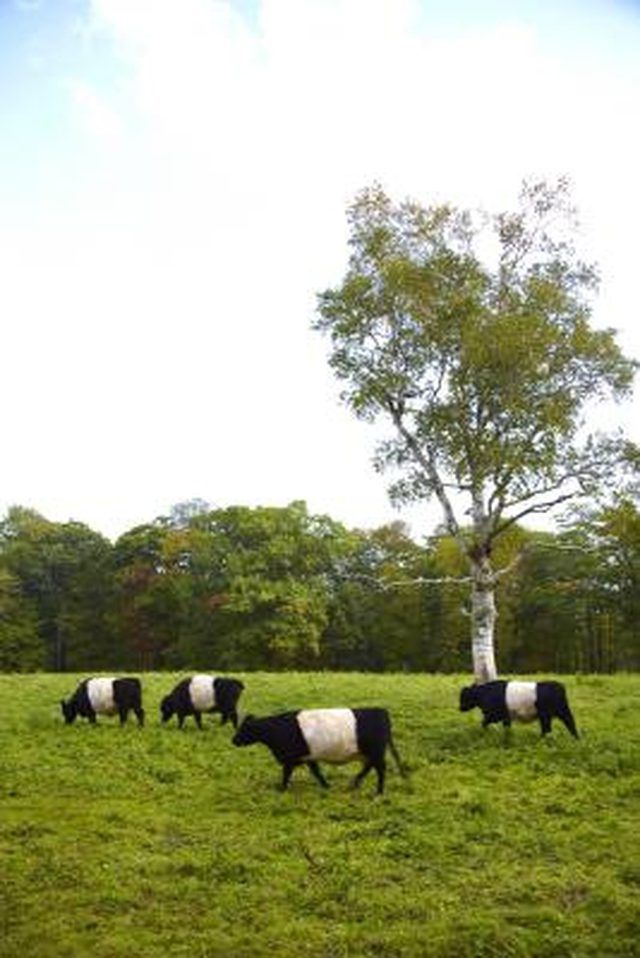Bulbs
Flower Basics
Flower Beds & Specialty Gardens
Flower Garden
Garden Furniture
Garden Gnomes
Garden Seeds
Garden Sheds
Garden Statues
Garden Tools & Supplies
Gardening Basics
Green & Organic
Groundcovers & Vines
Growing Annuals
Growing Basil
Growing Beans
Growing Berries
Growing Blueberries
Growing Cactus
Growing Corn
Growing Cotton
Growing Edibles
Growing Flowers
Growing Garlic
Growing Grapes
Growing Grass
Growing Herbs
Growing Jasmine
Growing Mint
Growing Mushrooms
Orchids
Growing Peanuts
Growing Perennials
Growing Plants
Growing Rosemary
Growing Roses
Growing Strawberries
Growing Sunflowers
Growing Thyme
Growing Tomatoes
Growing Tulips
Growing Vegetables
Herb Basics
Herb Garden
Indoor Growing
Landscaping Basics
Landscaping Patios
Landscaping Plants
Landscaping Shrubs
Landscaping Trees
Landscaping Walks & Pathways
Lawn Basics
Lawn Maintenance
Lawn Mowers
Lawn Ornaments
Lawn Planting
Lawn Tools
Outdoor Growing
Overall Landscape Planning
Pests, Weeds & Problems
Plant Basics
Rock Garden
Rose Garden
Shrubs
Soil
Specialty Gardens
Trees
Vegetable Garden
Yard Maintenance
Information on Kentucky 31 Grass Seed
Information on Kentucky 31 Grass Seed. Kentucky 31 is a variety of tall fescue (Festuca arundinacea) found in pastures and meadows. Farmers' livestock graze on this perennial grass, which is found in the southeastern United States and areas throughout Europe.

Kentucky 31 is a variety of tall fescue (Festuca arundinacea) found in pastures and meadows. Farmers' livestock graze on this perennial grass, which is found in the southeastern United States and areas throughout Europe.
History
Dr. E.N Fergus of the University of Kentucky discovered Kentucky 31 after observing an unknown variety of tall fescue growing in a Kentucky farm pasture. Dr. Fergus collected, tested and eventually sold the seed to farmers in 1943.
Seed Description
The 7-millimeter long, egg-shaped Kentucky 31 seeds are planted in the spring at a rate of 6 pounds per 1,000 square feet, according to the University of Kentucky College of Agriculture. The seeds mature in the summer, sprouting glossy, dark green blades approximately 4 inches long.
Soil
Kentucky 31 thrives in well-drained, heavy clay and sandy soils.
Care
Kentucky 31 is mowed when it reaches a height of 3 inches. Water is given once every two weeks, and fertilizer is applied in the summer to prevent crabgrass.
Fun Fact
The "31" in Kentucky 31 refers to the year, 1931, when the grass was discovered.